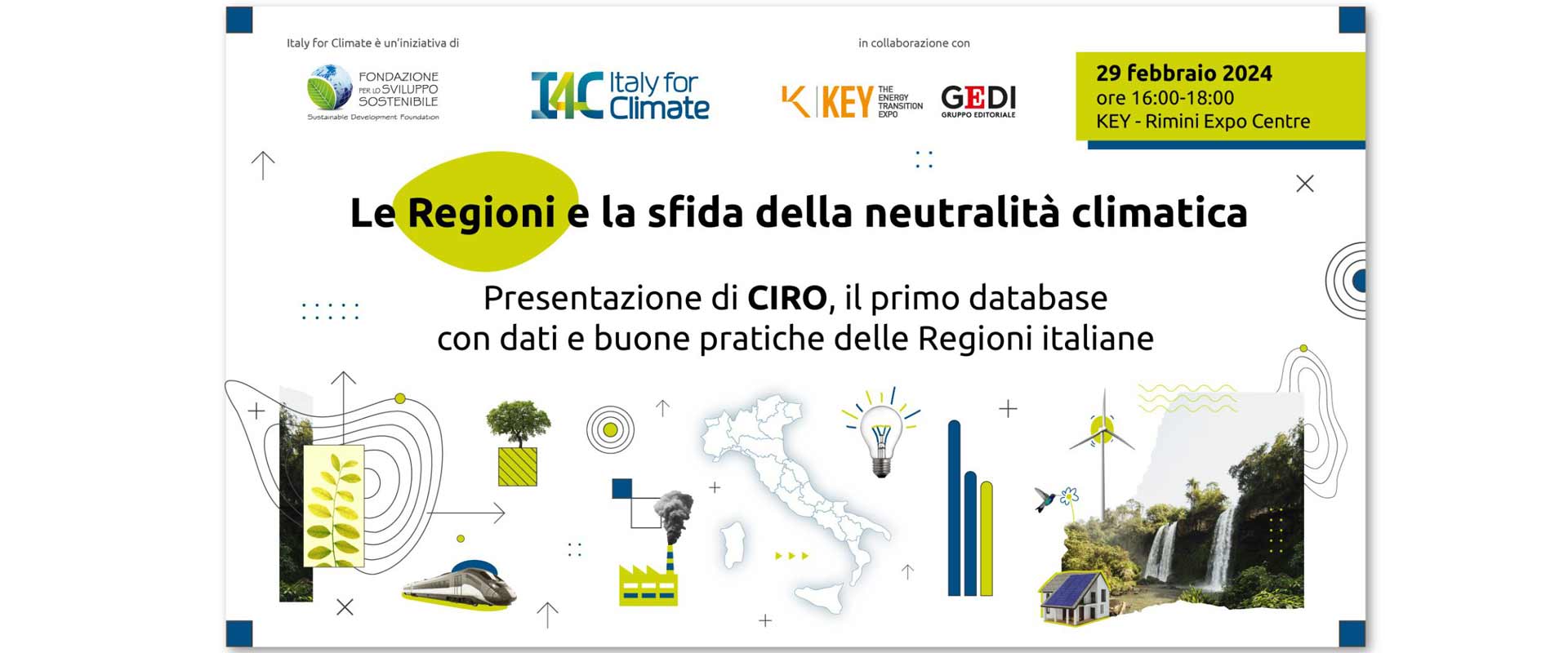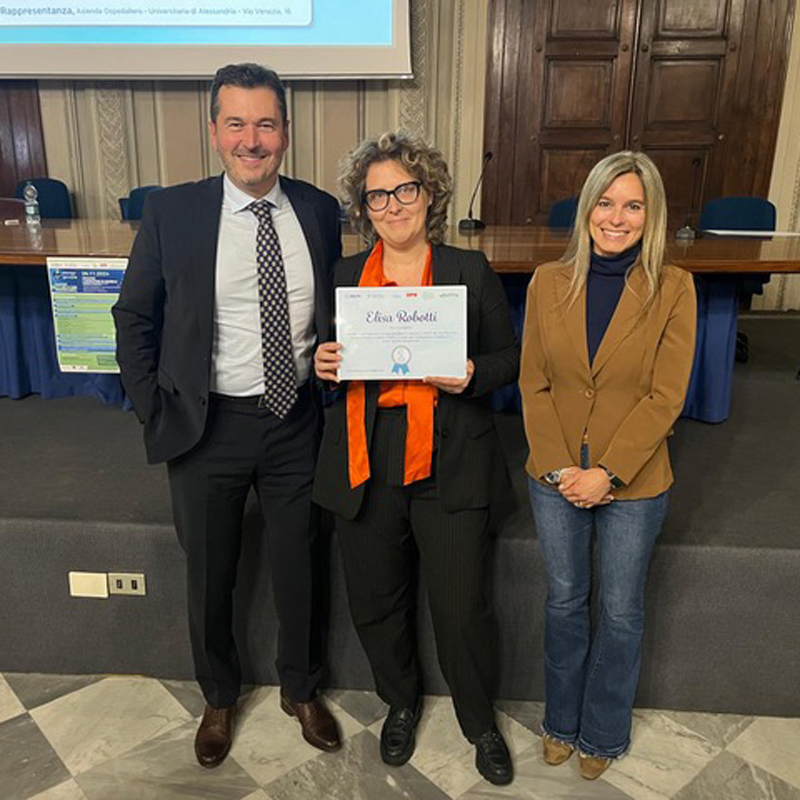CIRO, the database that will guide Italy towards climate neutrality, is here
“It is impossible to guide a region on the road to energy transition without a precise and up-to-date understanding of the key indicators at play”.
These are the words of Andrea Barbabella, scientific director at Italy for Climate, the research centre that, in partnership with the Italian Institute for Environmental Protection and Research (ISPRA), developed the comprehensive database that Regions can use to guide them towards climate neutrality called CIRO (Climate Indicators for Italian RegiOns).
Data monitoring and collection
CIRO is an easy-to-use tool providing an overview of the environmental impact of each region in Italy across eight different categories: emissions, energy, renewables, buildings, industry, transportation, agriculture and vulnerability. Through the application of 26 indicators, these provide data on greenhouse emissions in metric tons of CO2 equivalent per capita or, for the energy categories, in metric tons of oil equivalent. The “vulnerability” category, which tracks the incidence of extreme weather events, is a particularly interesting one.
Valuable for everyone
The tool is valuable not only in guiding policy choices and planning the required actions, but also as an informative platform for the public at large. That's because CIRO can engage with different users, whether insiders or not. On the one hand, it promotes healthy competition between regions towards better climate neutrality performance through rankings and comparisons and, on the other, it provides citizens with a tool to become more socially, environmentally and politically conscious.
A much-needed impetus
“To have a shot at keeping the temperature increase at bay between 1.5 and 2°C and avoid rushing headlong into a climate catastrophe, we need to accelerate the commitment towards the reduction of greenhouse gas emissions by 2030 [...]. Europe, which is currently not on target to meet this goal, is promoting a demanding package of measures (Fit for 55%) to catch up. Italy, too, is behind schedule: emissions in non-ETS sectors (transport, buildings, agriculture, waste, SMEs) were reduced by only 4% between 2015 and 2022; at this rate, it would be 20 years late in hitting the European target set at 43.7%, reaching it by 2050 instead of 2030. To accelerate the commitment to climate in Italy, it is crucial to boost and improve the engagement of the Regions”, explained Edo Ronchi, President of the Sustainable Development Foundation.
Source: https://italyforclimate.org/ciro-tutti-i-dati-su-clima-emissioni-ed-energia-regione-per-regione/
Data monitoring and collection
CIRO is an easy-to-use tool providing an overview of the environmental impact of each region in Italy across eight different categories: emissions, energy, renewables, buildings, industry, transportation, agriculture and vulnerability. Through the application of 26 indicators, these provide data on greenhouse emissions in metric tons of CO2 equivalent per capita or, for the energy categories, in metric tons of oil equivalent. The “vulnerability” category, which tracks the incidence of extreme weather events, is a particularly interesting one.
Valuable for everyone
The tool is valuable not only in guiding policy choices and planning the required actions, but also as an informative platform for the public at large. That's because CIRO can engage with different users, whether insiders or not. On the one hand, it promotes healthy competition between regions towards better climate neutrality performance through rankings and comparisons and, on the other, it provides citizens with a tool to become more socially, environmentally and politically conscious.
A much-needed impetus
“To have a shot at keeping the temperature increase at bay between 1.5 and 2°C and avoid rushing headlong into a climate catastrophe, we need to accelerate the commitment towards the reduction of greenhouse gas emissions by 2030 [...]. Europe, which is currently not on target to meet this goal, is promoting a demanding package of measures (Fit for 55%) to catch up. Italy, too, is behind schedule: emissions in non-ETS sectors (transport, buildings, agriculture, waste, SMEs) were reduced by only 4% between 2015 and 2022; at this rate, it would be 20 years late in hitting the European target set at 43.7%, reaching it by 2050 instead of 2030. To accelerate the commitment to climate in Italy, it is crucial to boost and improve the engagement of the Regions”, explained Edo Ronchi, President of the Sustainable Development Foundation.
Source: https://italyforclimate.org/ciro-tutti-i-dati-su-clima-emissioni-ed-energia-regione-per-regione/














